acknowledgement of Country
I acknowledge the Traditional Owners of the Country on which this assignment was created, the Whadjuk Noongar People. I pay my respect to their Elders past and present. I acknowledge their continued connection and responsibilty to Country.
I am a wadjela, a settler, on unceded Noongar Boodjar.
Country is inextricable with the landscapes that we design. I acknowledge that there was no paid consultation with Whadjuk Noongar Elders as part of this folio. Lack of Indigenous engagement has resulted in an incomplete design process. References to Country have been sourced from literature and online resources. Thank you to the people who have shared their knowledge.
“In the Aboriginal world view, everything starts and ends with Country. Yet there are no beginnings in this world, nor are there any endings. Everything is part of a continuum, an endless flow of life and ideas emanating from Country, which is often referred to as the Dreaming” (Neale, 2021, 1).
I acknowledge that First Nations knowledge systems have existed in Australia for thousands of years. More-than-human design exists in the form of Custodianship for Country.
More-than-human design has been described as design in which “human interests are neither excluded nor the centre of concern, and non-human agency is actively engaged in the desing process” (LA+ Journal, 2020).
The client for my folio is the birunbirun bird. Also known as Merops ornatus or commonly as the Rainbow Bee-eater.
Jirdarup is a piece of remnant banksia woodland situated between the City of South Perth and Victoria Park. This place is known habitat of the birunbirun.
Jirdarup means ‘the place of birds’ in Whadjuk Noongar language. ‘Place of birds’ has been a reference point for this process.
• community engagement
• ornathologist engagement
• case studies of Victoria Park verge gardens
• biotope mapping
• group work
• transect through site
• acknowledging a non-human centric gaze
• research
• site visit
• precedents
• mapping opportunities and constraints
• defining the problem
• birunbirun umwelt
• community engagement
• data collection from aerial imagery
• site visit
• scenarios for fixing the problem
• ongoing research and mapping
• jury feedback
• shape file data collection from City of Victoria Park
• community engagement
• site visit
• creating empathy for the birunbirun
• testing and developing scenarios
• refining strategy
• choosing focus areas
• resilience buffers as the ‘big idea’
• typologies
• planting palettes and remediation processes
• shape file data collection from City of South Perth
• community engagement
• ‘Bassendean Sands’ education session
• ‘Rewild Perth’ education session
• drawings in multiple forms and scales
• community engagement
• site visit
• sharing progress with peers and tutor
1. Analysis 3. Design development 4. Design communication 5. Reassessment & feedbackThe banksia woodlands of the Swan Coastal Plain have become fragmented and severely degraded from ongoing urbanisation post-colonisation
Within 50 kilometres of Boorloo CBD, one third of the original banksia woodland remains. Jirdarup forms part of the mosaic of remnant bushland. This is a known breeding site of the birunbirun.

Kwongkan is the Noongar term for the sand plain vegetation community that exists at Jirdarup. Banksia woodlands are mostly made up of medium to large shrubs, perennial and annual herbs. Invertebrates outnumber vertebrates and contribute to the woodland ecology. Invertebrates are the food source for the birunbirun.













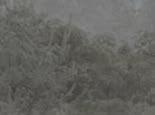































































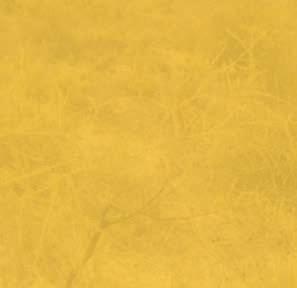








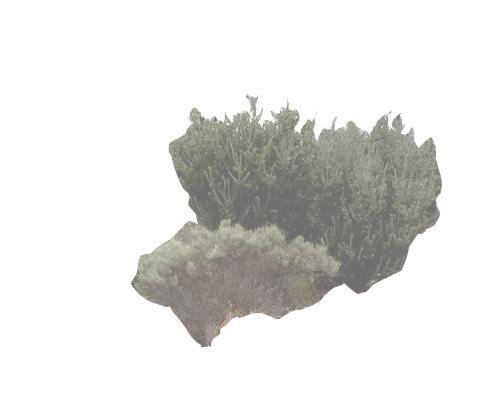


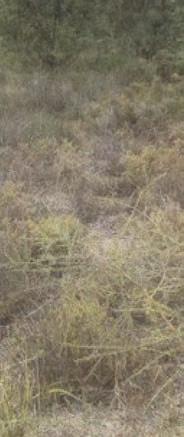
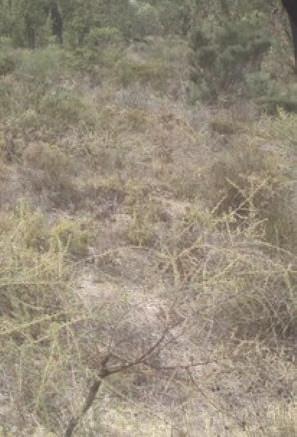










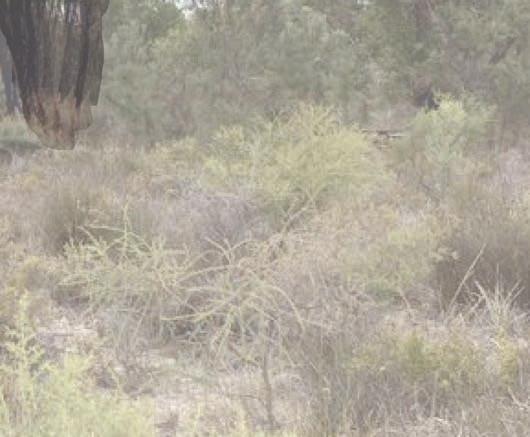











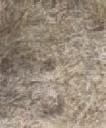










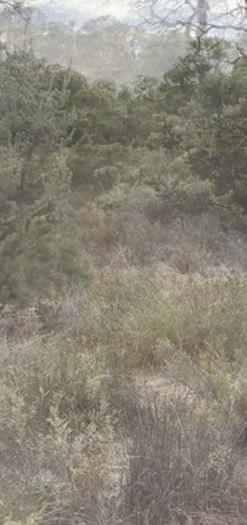
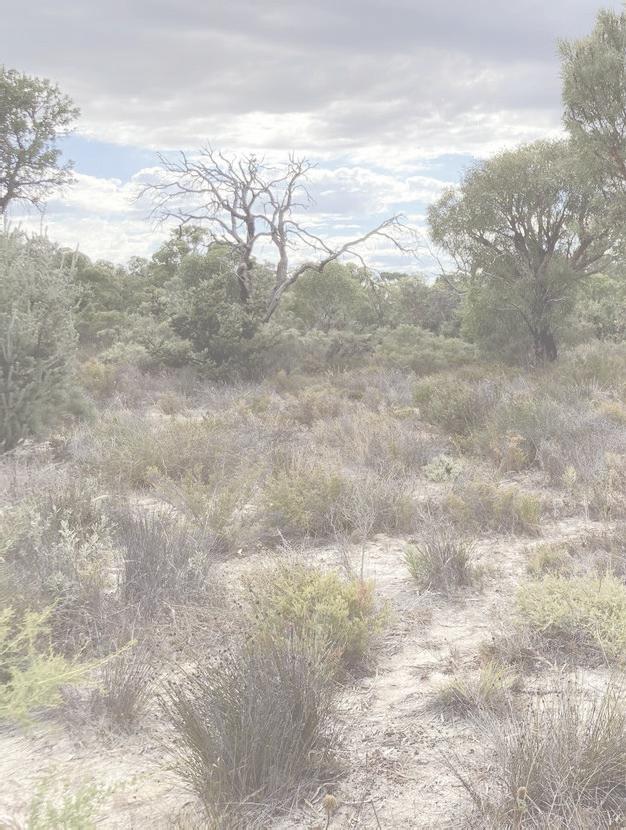
transect
Transect of site through a non-human perspective.
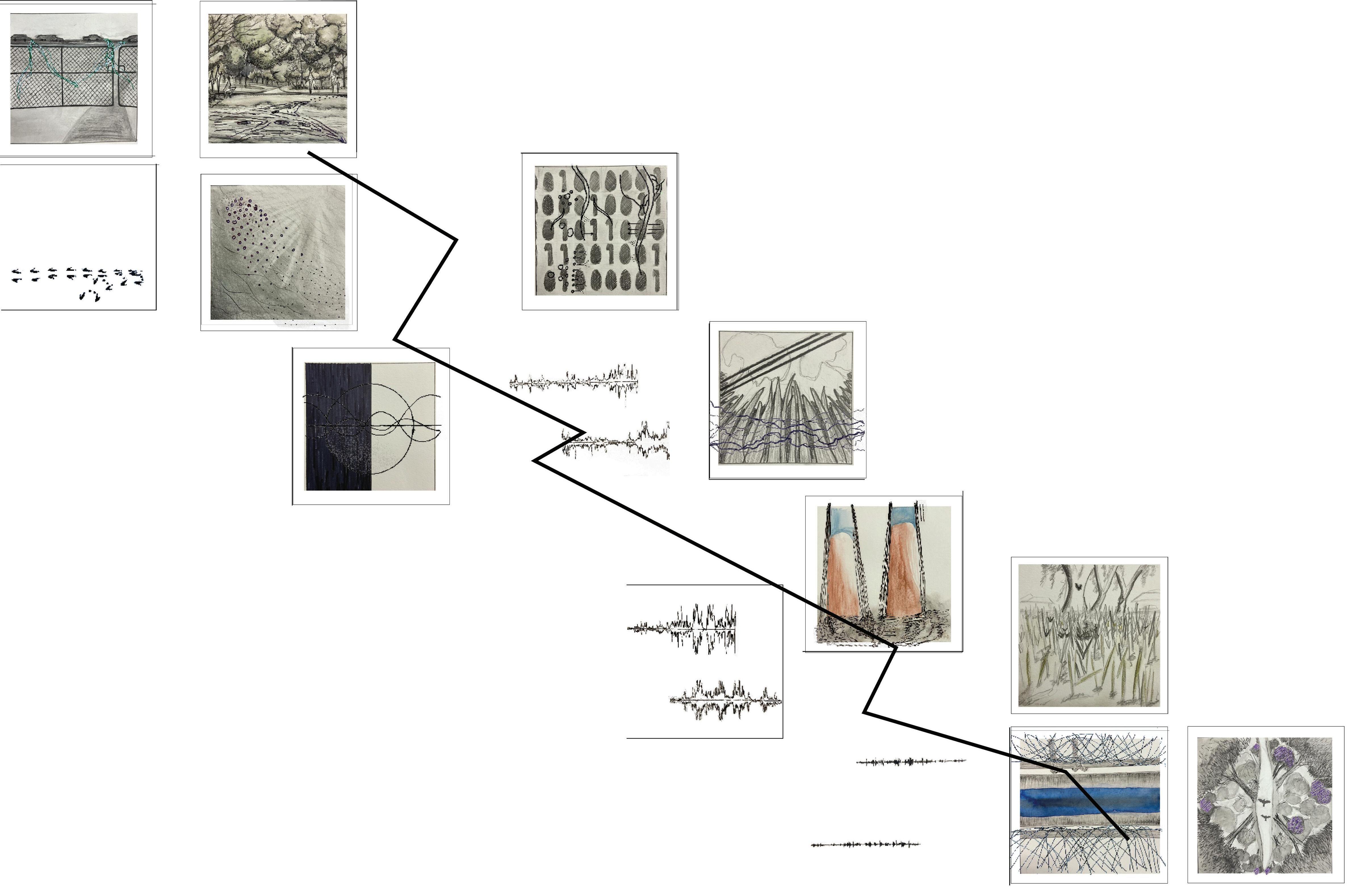 Priscilla Hubbard
Priscilla Hubbard
Priscilla Hubbard Priscilla Hubbard
Saki White-Sugito
Emma Maher
Emma Maher
Emma Maher
Emma Maher
Emma Maher
Sachini Kothalawala
Sachini Kothalawala
Priscilla Hubbard
Priscilla Hubbard
Priscilla Hubbard Priscilla Hubbard
Saki White-Sugito
Emma Maher
Emma Maher
Emma Maher
Emma Maher
Emma Maher
Sachini Kothalawala
Sachini Kothalawala
lives in the open forests of banksia woodlands
insectivore
international migration
migrates to Boorloo during djilba and kambarang for breeding season
darts around sharply in flight
underground burrow to breed
waits on a perch looking for prey then returns to perch to thrash their catch and dispel stinger
around Boorloo
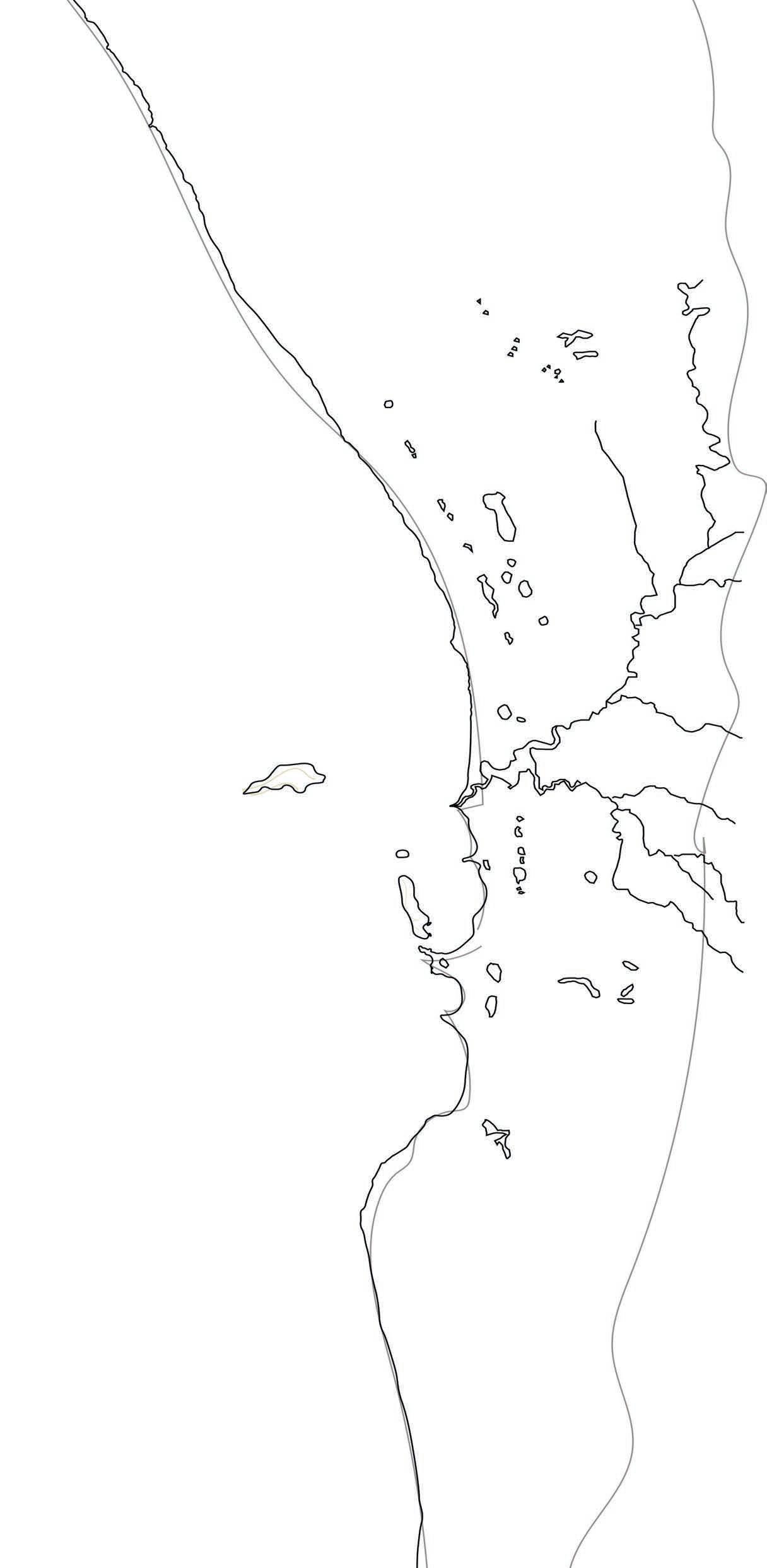
Yanchep National Park
Wanneroo
Yellagonga Regional Park
Lake Gwelup
Herdman’s Lake
Baigup Wetlands
Bold Park
Bardon Park
Kings Park
Sister Kate’s Bush Block
Jirdarup
Mosman Park Bushland
Goolugatup
Salter Point
Wireless Hill Park
North Lake
Bibra Lake
Manning Park
Bungedore Park
The birunbirun is mostly sited around remant vegetation, bushland parks and lakes. Fragmentation around Boorloo continues to destroy their habitat.

permeability
Jirdarup
Derbarl Yerrigan
Permeable surfaces Potential breeding habitat
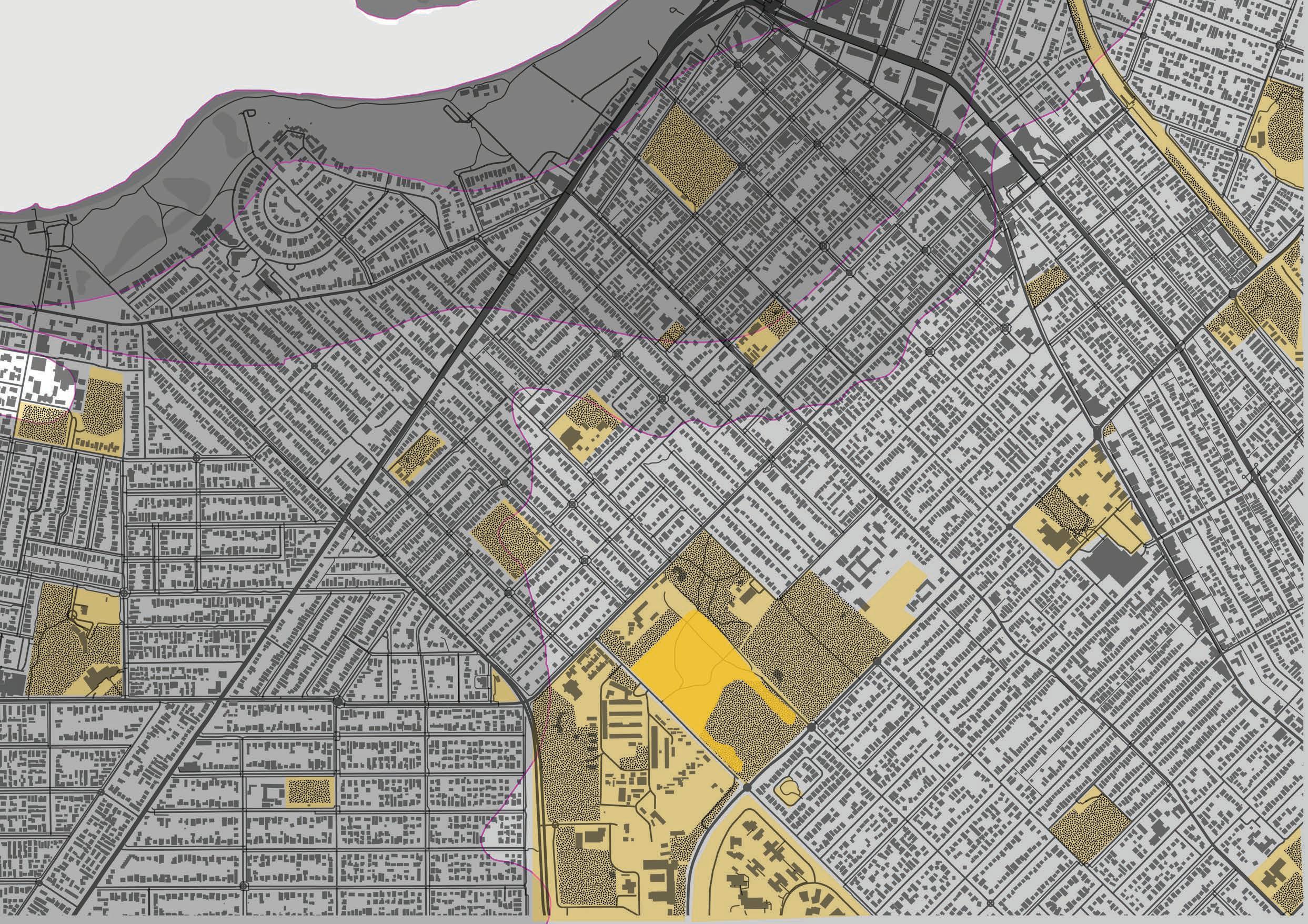
Jirdarup
Exernal pressures on remnant bushland
Buffer
Verge gardens as revegetation opportunity
Permeable surfaces
Potential breeding habitat
Potential urban infill as per zoning




restoration typologies
Recreate
Reclaim
Rehabilitate



Suburban living is right on the door step of Jirdarup.
Suburbia is severely degraded, there is nothing left to restore.
Recreation is a process of reconstructing suburbia with the birunbirun at the centre of design.
This form of restoration is not claiming to be that of the original kwongkan.
Layers of understorey
The ‘sandpit’, an old sand quarry and unregulated tip, is a contaminated site. Reclaimation is a process required to restore this typology to a safe place for the birunbirun. Soil stabilisation, revegetation, pollutant removal, aesthetic improvement and public safety are required.
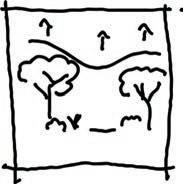
Convert some residential housing to restoration hub buildings for seed storage and processing.
Bitumised corridors create harsh borders around Jirdarup.
Rehabilitation is returning some but not all of the ecosystem back to a previous form. The focus is on ecosystem services, rather than biodiversity. This process creates ecological corridors to connect Jirdarup to the surrounding suburbs.
Defer urban heat island effect
Phytoremediation






Water sensitive urban design Community

Top soil transplant
Tube stock planting
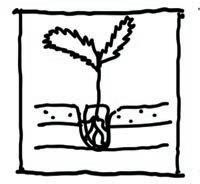
master plan
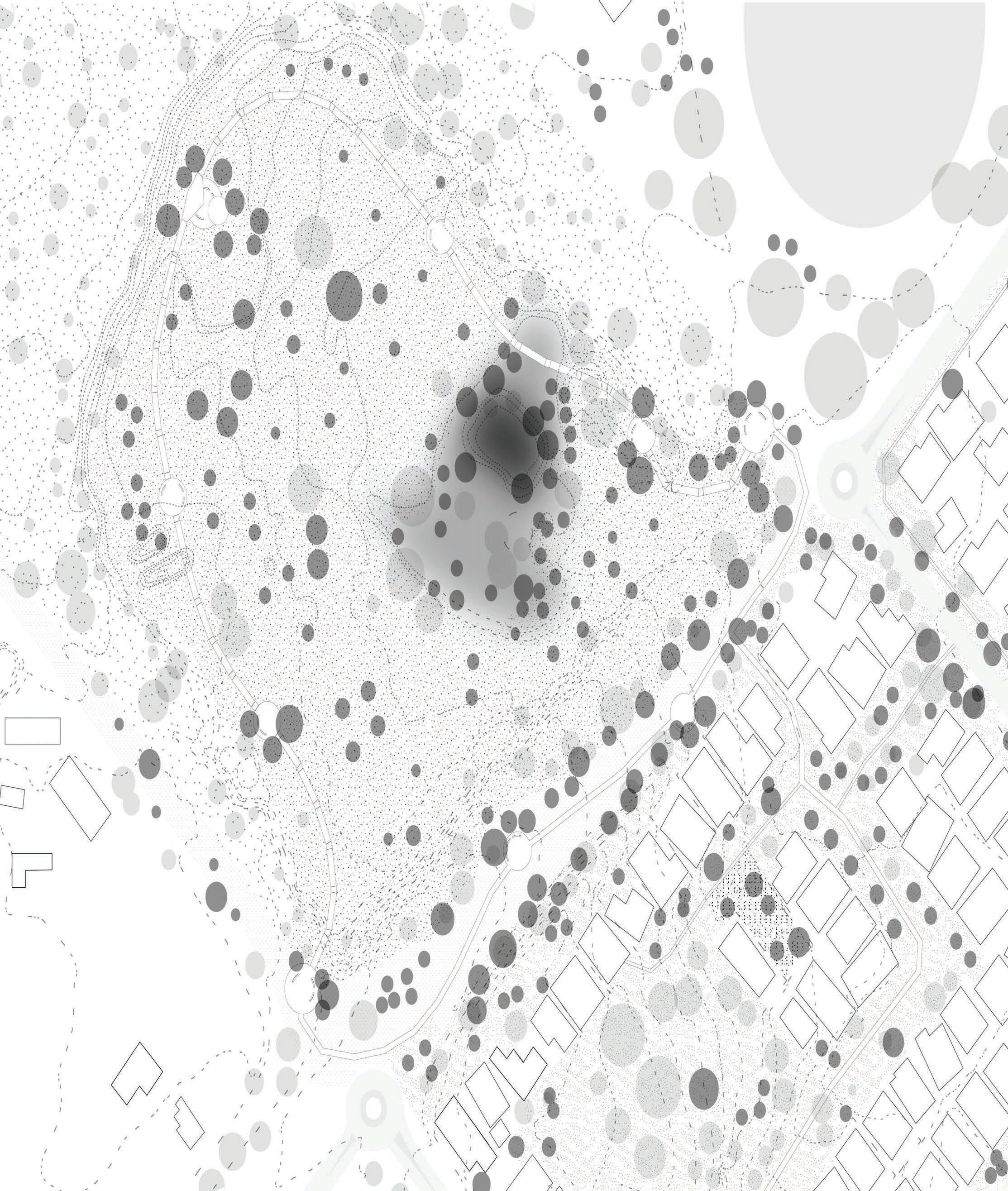
Existing trees




Proposed trees




Concrete pedestrian footpath
Car bays to replace driveways
Ground cover gardening bed edging
Garden bed with plants to 750mm
Dead tree trunk as perching spot
Bitumen stabilised limestone pedestrian footpath
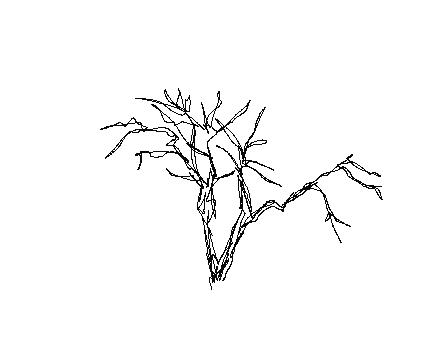
plants that are less than 750mm at full height as per Victoria Park street verge guide
insect attracting tree Nuytsia floribunda takes 20 years to grow from seed to maturity
private front gardens merge with public open sapce

street lamp with light that minimises harm to insects

narrower path to front door bitumen stabilised limestone path
vacant block recreated as a ‘breeding block’
dead wood for birunbirun to perch whilst on the lookout for insect prey and to assess if burrow is safe to fly to
Adenanthos cygnorum
Amphipogon turbinatus
Austrostipa compressa
Banksia attenuata
Conostylis aculeata
Daviesia nudiflora
Eremophila glabra prostrate
Eucalyptus todtiana
Lomandra hermaphrodita
Nuytsia floribunda
Petrophile linearis
Pheladenia deformis
Poranthera microphylla
Scaevola canescens
Scaevola repens
Stylidium schoenoides
Thelymitra graminea
Plant palette Location
underground burrow for breeding

Agonis flexuosa
Anigozanthos manglesii
Banksia blechnifolia
Banksia ilicifolia
Banksia menziesii
Banksia menziessi
Banksia petiolaris
Billardiera fusiformis
Callistemon ‘Matthew Flinders’
Calothamnus quadrifidus prostrate
Casuarina obesa
Chrysocephalum baxteri
Conostylis aculeata
Corymbia ficifolia
Dampiera linearis
Dampiera teres
Dianella revoluta
Dryandra nivea
Eremophila glabra prostrate
Eucalyptus platypus
Frankenia pauciflora
Gompholobium tomentosum
Grevillea crithmifolia prostrate
Hakea laurina
Hemiandra pungens glabra
Kennedia prostrate
Leucophyta brownii
Lomandra cylindrica ‘Lime Wave’
Melaleuca leucadendra
Ophiopogon japonicus nanus Plant
dead wood for birunbirun to perch whilst on the lookout for insect prey
birunbirun safe flight path
tree species as per Victoria Park street verge guide
private front gardens merge with public open sapce
bassendean sands soils complex

car ports with Ophiopogon japonicus nanus growing bewtween pavers
bitumen stabilised limestone path
bankisa tap roots ecological corridor

plants under 750mm at full height as per Victoria Park street verge guide
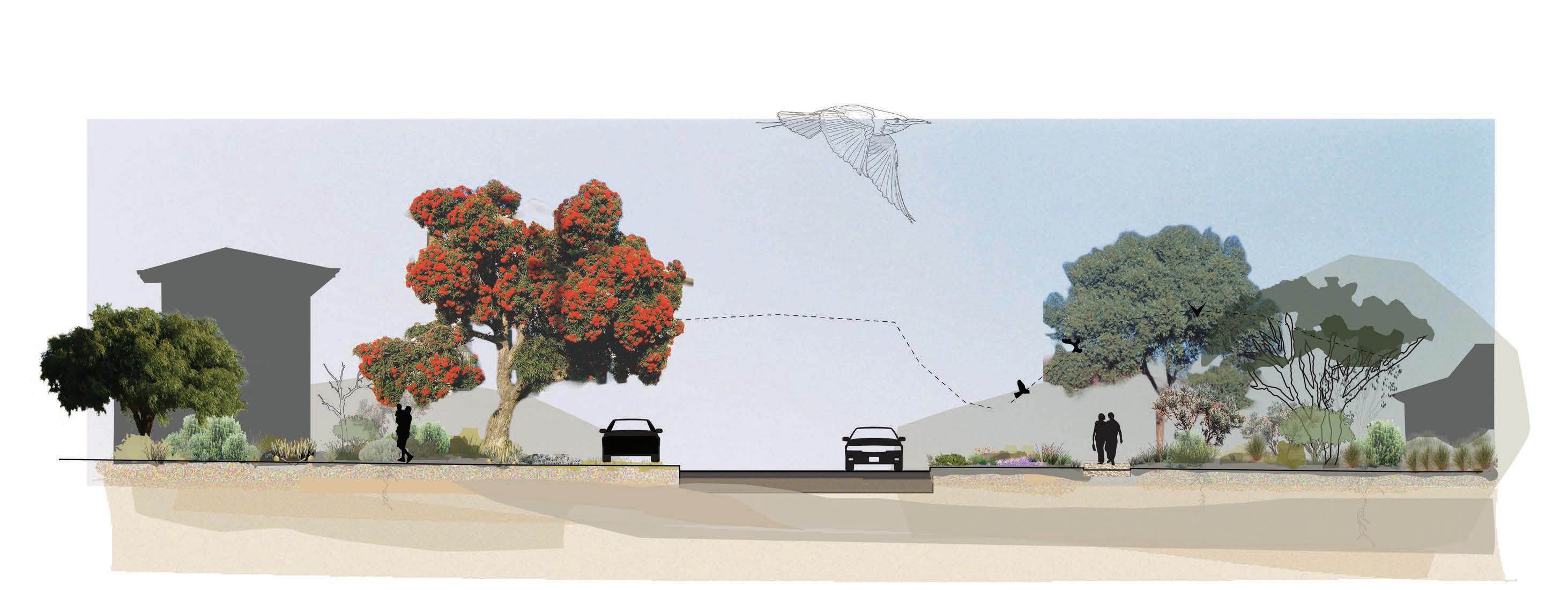




















Adiantum aethiopicum
Agonis flexuosa
Banksia ilicifolia
Centella asiatica
Ficinia nodosa
Hibbertia stellaris
Juncus kraussii
Juncus pallidus

Lomandra caespitosa
Melaleuca rhaphiophylla
Ottelia ovalifolia
Schoenus lanatus
Thysanotus manglesianus
Xanthosia huegelii
dead tree trunk for birunbirun to perch whilst on the lookout for insect prey
birunbirun catches prey above the waters surface
Melaleuca rhaphiophylla and Banksia ilicifolia prefer low lying areas
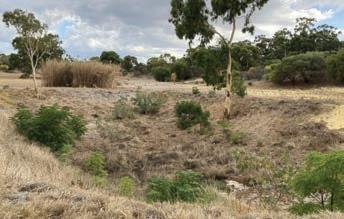
no access to human foot traffic
water purification through plant systems

increased insect community through ephemeral wetland

Sands soils complex

Acacia pulchella
Adenanthos cygnorum
Allocasuarina humilis
Amphipogon turbinatus
Amphipogon turbinatus
Austrostipa flavescens
Banksia attenuate
Banksia menziesii
Banksia menziessi
Briza maxima
Burchardia congesta
Caladenia flava
Conostephium pendulum
Conostylis juncea
Conysa bonariensis
Corymbia calophylla
Dasypogon bromeliifolius
Diuris brumalis
Drosera huegelii
Eremaea pauciflora
Eucalyptus marginata
Hibbertia huegelii
Jacksonia furcellata
Jacksonia furcellata
Jacksonia lehmannii
Kennedia furcellata
Leptospermum spinescens
Lomandra hermaphrodita
Macrozamia riedlei
Pterostylis recurva
Scaevola repens
Xanthorrhoea brunonis
Xanthorrhoea preissi
larger trees are better suited to public open space than verges

bird hide minimises disturbance of camera shutters to breeding birds
elevated boardwalk allows for pedestrians to gain perspective of tree height

dead tree trunk for birunbirun to perch whilst on the lookout for insect prey
elevated boardwalk allows flora and fauna to pass under
Bassendean Sands soils complex appropriate for birunbirun to dig burrow
soil transplant from another banksia woodland site holds seed bank


Exisitng trees



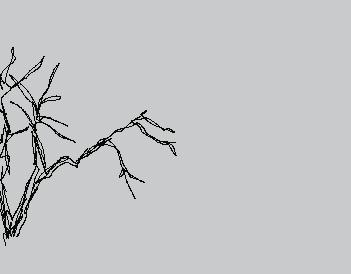












Proposed trees

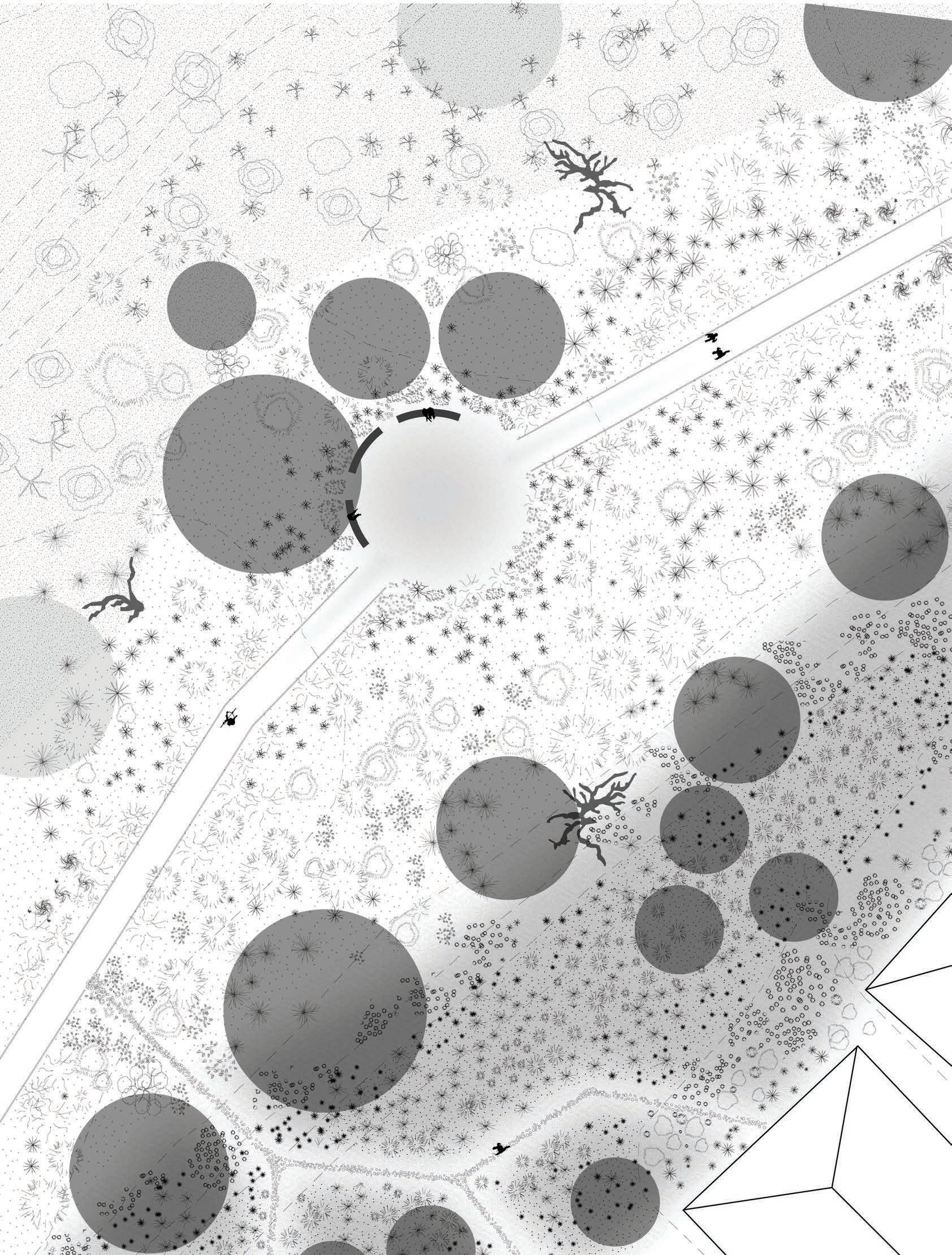
Polished concrete seating
Corten steel border

Seating node bordered with small shrubs and flowers
Dead tree trunk for perching
Damp land planting in low lying areas
Ground covers lining path
Taller shrubs in garden beds
Exclusive pedestrian access replaces bitumen road
Reclaimed contaminated site
Restoration hub buildings, previously residential Informal path to restoration hub buildings
rehabilitate

polished concreate seating at circular node
ecological corridor connecting Jirdarup to the suburb
previously a bitumen road, this pedestrian only corridor acts as a resilience buffer to Jirdarup

circular node with a compacted earth base that differs in colour to main footpath, creating a sense of place

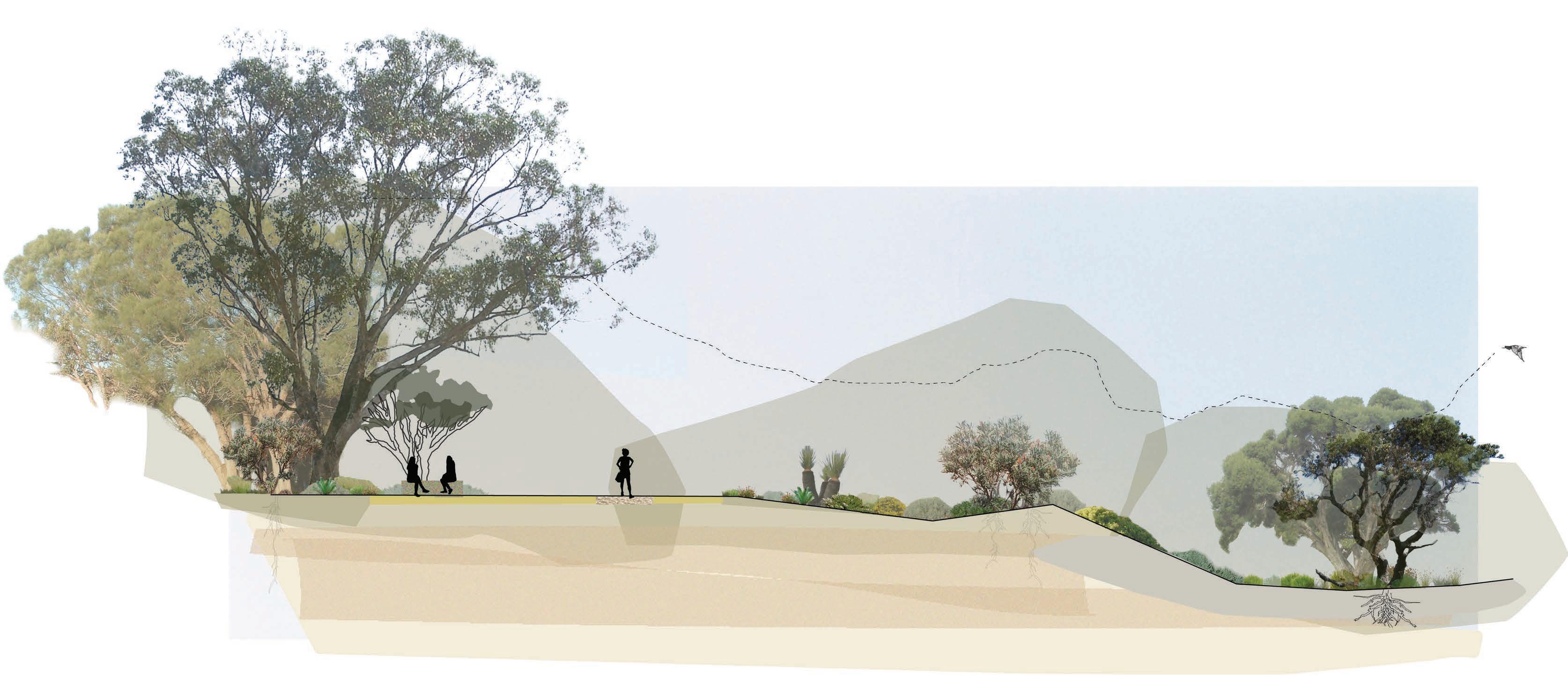
safe flight path for birunbirun from Jirdarup through to ‘breeding block’

Acacia pulchella
Acacia willdenowiana
Allocasuarina fraseriana
Allocasuarina humilis
Austrostipa flavescens
Austrostipa semibarbata
Banksia attenuata
Banksia ilicifolia
Banksia menziesii
Dianella revoluta
Eucalyptus marginata
Eucalyptus todtiana
Grevillea crithmifolia prostrate
Hemiandra pungens
Lepidosperma squamatum
Leucophyta brownii
Leucopogon parviflorus
Lomandra cylindrica ‘Lime Wave’
Macrozamia riedlei
Neurachne alopecuroidea
Olearia lanuginosa ‘Ghost Town’
Patersonia occidentalis
Persoonia saccata
Rytidosperma caespitosum
Scaevola repens
Schoenus lanatus
Xanthorrhoea preissii
bitumen stabilised limestone path
informal plant edging at circular node to create soft edge
bassendean sands soils complex
low lying area planted with damp land plant mix as in ephemeral wetland
rehabilitate
ramp access to elevated wooden boardwalk with railing
polsihed concrete seating at circular node
dense planting as resilience buffer to Jirdarup
circular node with a compacted earth base that differs in colour to main footpath, creating a sense of place


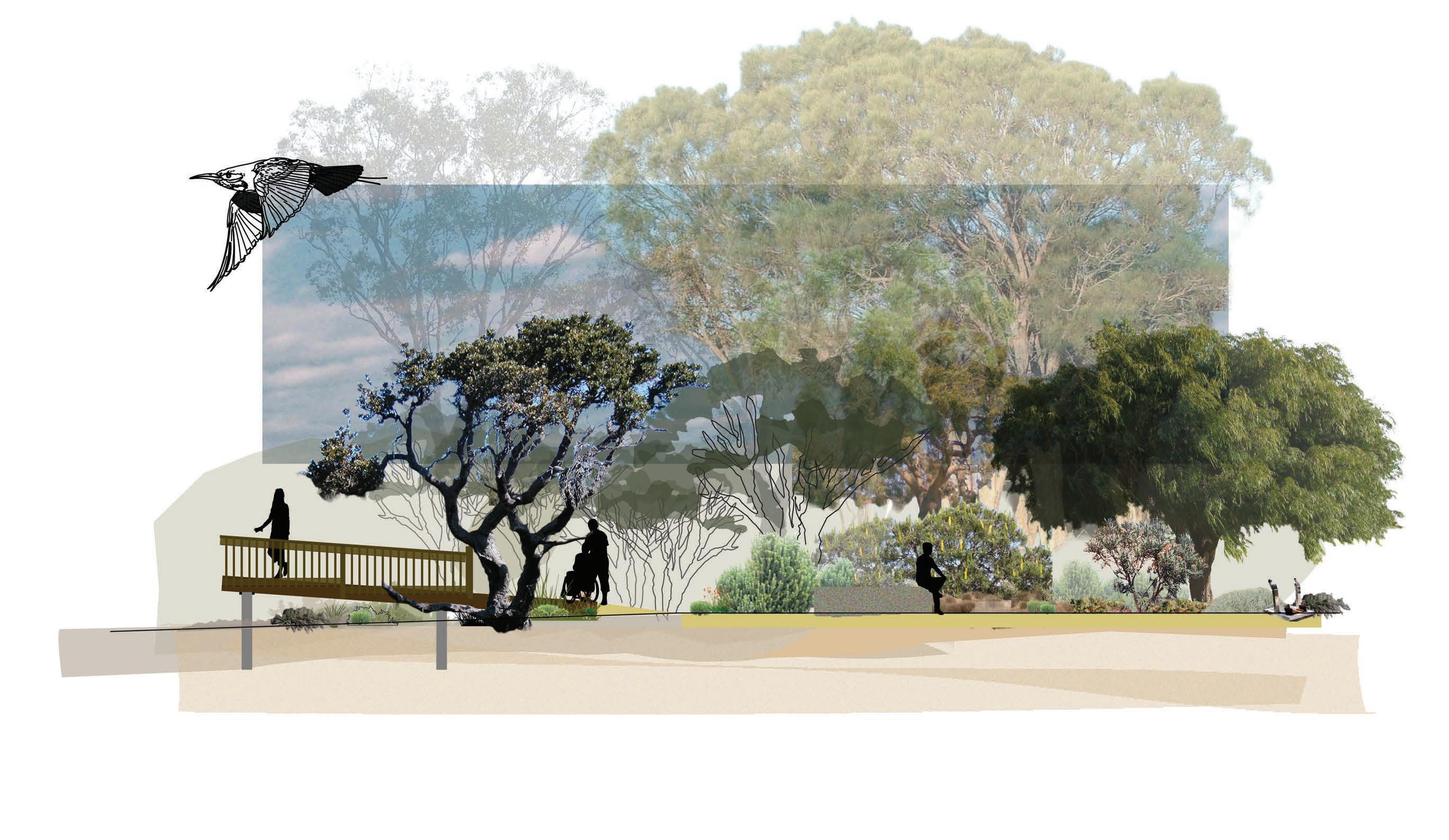
Agonis flexuosa
Anigozanthos humilis
Anigozanthos manglesii
Astroloma pallidum
Austrostipa semibarbata
Banksia attenuata
Banksia illicifolia
Banksia menziessi
Chrysocephalum baxteri
Dianella revoluta
Grevillea crithmifolia prostrate
Grevillea preissii
Leptomeria cunninghamii
Leucophyta brownii
Thryptomene saxicola
informal plant edging at circular node to create soft edge
interpretive signage on birunbirun and dieback shoe cleaning station

ecological restoration strategy
Adapt as needed
• titrate the plan
• monitor the response of the site
• monitor the response of the birunbirun
• irrigation in first two years
Manage the disturbance
• decrease land use disturbance
• smart urban density
• stop clearing of banksia woodland
• phytoremediation
• remove bitumen
Monitor
• use of Friends of Jirdarup volunteer time
• film, photography
• mapping
• surveys
• school curriculum
Implement the plan
• across multiple locations over time
• community involvement
• permeable roads
• revegetation
• verge planting guidelines
• multidisciplinary approach to design (Elders, landscape architects, engineers, community members, ecologists, hortoculturalists, stake holders)
Define the target
• percentage of ‘breeding blocks’ per square kilometre
• design principles meeting the needs of the birubirun
• community education
• encourage residents to blend their private gardens with public space
Trial the method
• pilot projects
• implement buffers zone over time
• top soil transplant
• seed bank sourcing, storage, germination, propagation
community engagement opportunities
Diversity
• primary school
• high school
• university
• residential
• across ages, across genders, across disciplines
• culturally relevant landscapes
Seed source
• seed sourcing in verge gardens
• propagation efforts
• seed storage and germination
• direct seeding
• soil profiling
• weed management
Feedback
• surveys
• community discussion
• Q+A sessions
• social events
• assess social impact of change
Reward
• recognition
• advocacy
• improved mental health
• sense of place
Education
• ecosystem services
• phone apps
• schools
• planting days
• building habitat days
• universities
• workplaces
Revegetation
• verge garden guidelines
• free plants from local government
• subsidised design and development for sustainable urban infill
references
Birdlife Australia. 2023. “Rainbow Bee-eater.” Last modified January 3, 2023. Accessed May 28, 2023. https://birdlife.org.au/bird-profiles/rainbow-bee-eater/.
Budaev, Sergey, Christian Jørgensen, Marc Mangel, Sigrunn Eliassen, and Jarl Giske. 2019. “Decision-Making From the Animal Perspective: Bridging Ecology and Subjective Cognition.” Frontiers in Ecology and Evolution 27 (164). Accessed May 28, 2023. https://www.frontiersin.org/articles/10.3389/fevo.2019.00164.
City of Canning. 2018. “Protecting Our Rainbow Bee-eaters.” Facebook, December 12, 2018. Accessed May 28, 2023. https://www.facebook.com/watch/?v=223173641928513.
City of Kalamunda. 2019. “Story of Maamba.” Last modified September 2, 2019. Accessed May 28, 2023. https://www.kalamunda.wa.gov.au/docs/default-source/transcript-audio-files/a3_signage-proof.pdf?sfvrsn=eafda5e3_4.
City of South Perth. N.d. Greening Our Streets, Street Verge Landscape Guidelines.
Dahlem, M. 2023. “Rainbow Bee-eater.” Last modified March 23, 2023. Accessed May 28, 2023. https://www.mdahlem.net/birds/14/rainbee.php#eggs.
Department of Climate Change, Energy the Environment and Water. 2023. “Species Profile and Threats Database - Merops Ornatus — Rainbow Bee-eater.” Australian Government. Last modified May 28, 2023. Accessed May 28, 2023. https://www.environment.gov.au/cgi-bin/sprat/public/publicspecies.pl?taxon_id=670#:~:text=The%20southern%20populations%20of%20the,and%20October%20(Emison%20et%20al.).
Ecological Australia. n.d. “Kensington Bushland Management Plan.” https://yourthoughts.victoriapark.wa.gov.au/kensington-bushland/widgets/187991/documents.
Friends of Warwick Bushland. n.d. “Birds.” Accessed May 28, 2023. https://friendsofwarwickbushland.com/portfolio-item/birds/.
Fulton, Graham R., and AB Rose. “Food Remains in Nests of Rainbow Bee-Eaters Merops Ornatus in Old-Growth Woodland of South-Western Australia.” Australian Field Ornithology 24, no. 1 (2007): 37–43. Accessed May 28, 2023. https://search.informit.org/doi/10.3316/informit.199813704795968.
GrrlScientist. 2012. “Mystery Bird: Rainbow Bee-eater, Merops Ornatus.” The Guardian. Last modified January 15, 2012. Accessed May 28, 2023. https://www.theguardian.com/science/grrlscientist/2012/jan/14/5.
Hancock, Peter. 2013. “Birds of Perth: Rainbow Bee-eaters’ Colourful Dive.” WA Today. Last modified September 6, 2013. Accessed May 28, 2023. https://www.watoday.com.au/entertainment/birds-of-perth-rainbow-beeeaters-colourful-dive-20130902-2t11x.html#ixzz2xalEMR73.
Heartland Journeys. 2022. “Kwongan.” Gondwana Link. Last modified April 11, 2022. Accessed May 28, 2023. https://heartlandjourneys.com.au/about-us/ancient-wonderland/kwongan/. LA+ Interdisciplinary Journal of Landscape Architecture. 2020. LA+Creature. https://laplusjournal.com/LA-CREATURE_RESULTS.
Miles to the Wild. 2014. “Rainbow Bee-eater (Merops Ornatus).” Last modified April 1, 2014. Accessed May 28, 2023. https://www.milestothewild.com/rainbow-bee-eater-merops-ornatus/.
Neale, Margo. 2021. “First Knowledges: An Introduction.” In First Knowledges, Design, Building on Country, edited by Margo Neale, 1. Port Melbourne: Thames & Hudson Australia Pty Ltd. Perth Festival. 2021. “Noongar Storytelling for Primary Schools.” Last modified August 1, 2021. Accessed May 28, 2023. https://www.perthfestival.com.au/media/u0wbuci3/noongar-storytelling-information-glossary-and-credits.pdf.
“Rainbow Bee Eaters _ Lake Gwelup.” YouTube video, 5:19. Posted January 16, 2022. Accessed May 28, 2023. https://www.youtube.com/watch?v=I_o70Mi0aXM.
“Rainbow Bee-eater Nest Colony.” YouTube video, 5:11. Posted November 8, 2019. Accessed May 28, 2023. https://www.youtube.com/watch?v=jbjxn91fAFY.
“Rainbow Bee-eaters nesting – Upper Colo and Cornwallis.” YouTube video, 2:54. Posted January 6, 2018. Accessed May 28, 2023. https://www.youtube.com/watch?v=Si2sOSG_D0Q.
Rewild Perth. 2023. Rewild Perth, bring nature home. https://rewildperth.com.au/.
Sarker, Subir, Kathy Moylan, Seyed Ghorashi, Andrew Peters, and Shane Raidal. 2015. “Evidence of a Deep Viral Host Switch Event With Beak And Feather Disease Virus Infection in Rainbow Bee-eaters (Merops Ornatus).” Scientific Reports 5, 14511 (2015). Accessed May 28, 2023. https://doi.org/10.1038/srep14511.
Seddon, George. 1972. Sense of place. Limited facsimile edition. Melbourne: Bloomings Books.
Smalley, Ian, Sue McLaren, and Ken O’Hara-Dhand. “Loess and Bee-Eaters IV: Distribution of the Rainbowbird (Merops Ornatus Latham 1801) in Australia.” Quaternary International 399 (2016): 240–45. Accessed May 28, 2023. https://doi.org/10.1016/j.quaint.2015.02.017.
Smith-Ali, Denise. 2019. “Noongar Djerap Kep-ak – Water Birds.” Last modified January 8, 2019. Accessed May 28, 2023. https://noongarboodjar.com.au/product/noongar-djerap-kep-ak-water-birds/?doing_wp_cron=1678716695.7767369747161865234375.
South West Aboriginal Land & Sea Council. 2018. “Spirituality.” Last modified March 28, 2018. Accessed May 28, 2023. https://www.noongarculture.org.au/spirituality/.
Spencer, Joanne. 2023. “Rainbow Bee Eater.” Animal Corner. Last modified May 27, 2023. Accessed May 28, 2023. https://animalcorner.org/animals/rainbow-bee-eater/.
Stevens, Jason C., Deanna P. Rokich, Vernon J. Newton, R. L. (Russell L.) Barrett, and Kingsley W. (Kingsley Wayne) Dixon. 2016. Banksia Woodlands : a Restoration Guide for the Swan Coastal Plain Crawley, Western Australia: UWA Publishing.
Terrestrial Ecosystems. n.d. “Rainbow Bee-eaters Return.” Accessed May 28, 2023. https://terrestrialecosystems.com/rainbow-bee-eaters-return/.
Town of Victoria Park. 2020. Your street verge, street verge guide. Victoriapark.wa.gov.au.
“Up close with beguiling Rainbow Bee-eaters – Juveniles in Capertee Valley.” YouTube video, 2:41. Posted June 25, 2019. Accessed May 28, 2023. https://www.youtube.com/watch?v=Sb9vchhBMtM.
Wikipedia. 2023. “Rainbow Bee-eater.” Last modified April 11, 2023. Accessed May 28, 2023. https://en.wikipedia.org/wiki/Rainbow_bee-eater.
Youmans, Rebecca JoAnn. 2022. “Merops Ornatus.” Animal Diversity Web. Last accessed May 28, 2023. https://animaldiversity.org/accounts/Merops_ornatus/.
Young, Emma. 2016. “Roe 8 Plans Fail to Shield Protected Species: Birdlife Australia.” WA Today. Last modified December 7, 2016. Accessed May 28, 2023. https://www.watoday.com.au/national/western-australia/roe-8-plans-fail-to-shield-protected-species-birdlife-australia-20161207-gt63ue.html.
